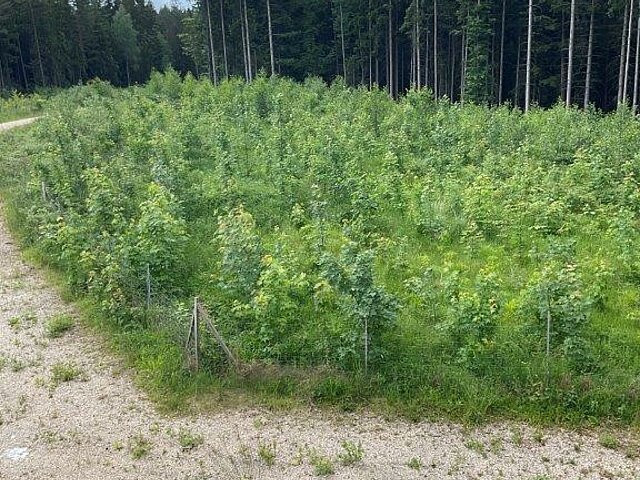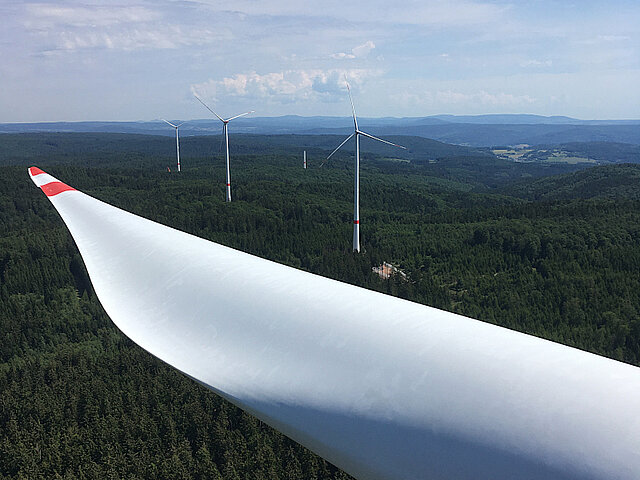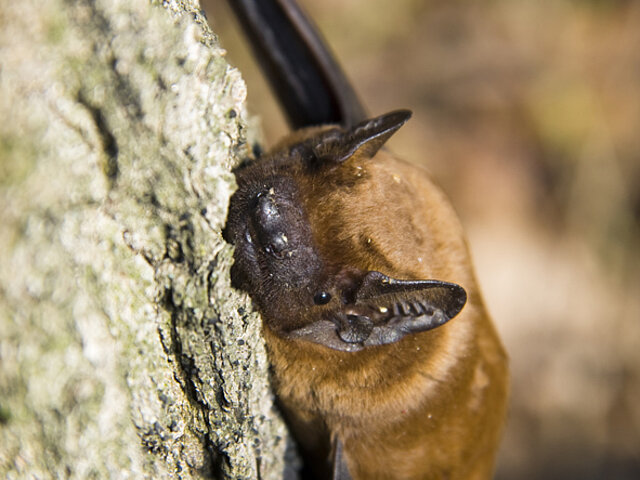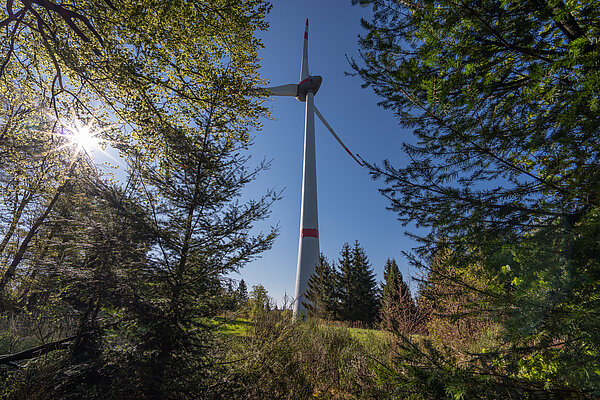
Species and environmental protection in wind-forest projects

Climate-friendly electricity from the forest
The Rosskopf wind farm, located between Frankfurt and Würzburg in Flörsbachtal, Hesse, has been connected to the grid since 2020. The wind farm has a total capacity of 16.5 megawatts and generates around 50 million kilowatt hours of climate-friendly electricity per year. The six wind turbines cover the annual consumption of around 14,000 households – an important building block for the energy transition in Hesse.

Wind energy and forestry
To ensure species, environmental, and water protection on site, wind energy projects in forest areas are always accompanied by comprehensive studies. These studies examine the habits of native animal species in order to protect them. In this project, for example, field research yielded new insights into the life of the barbastelle bat, which is classified as particularly worthy of protection. Compensatory measures, such as the decommissioning of existing old tree populations, have since ensured effective bat protection. Reforestation with ecologically higher-quality tree populations enables the further development of a diverse forest.





